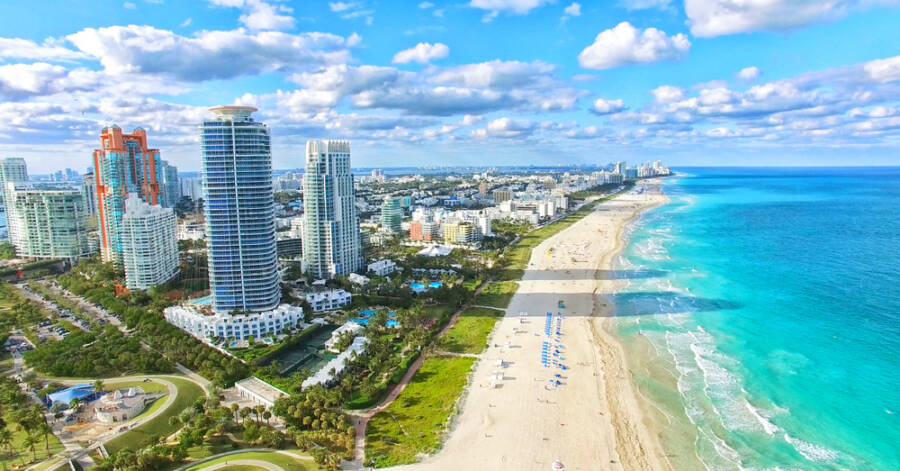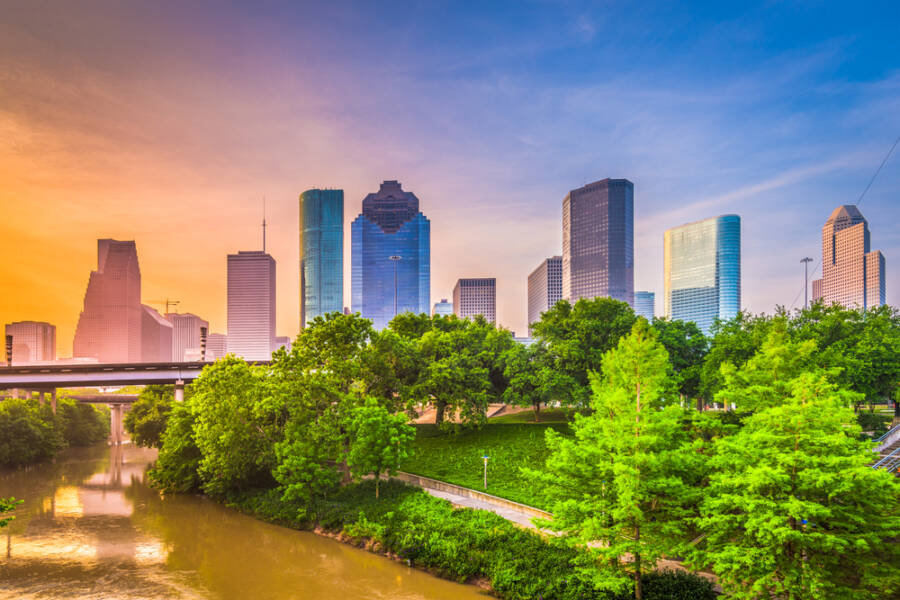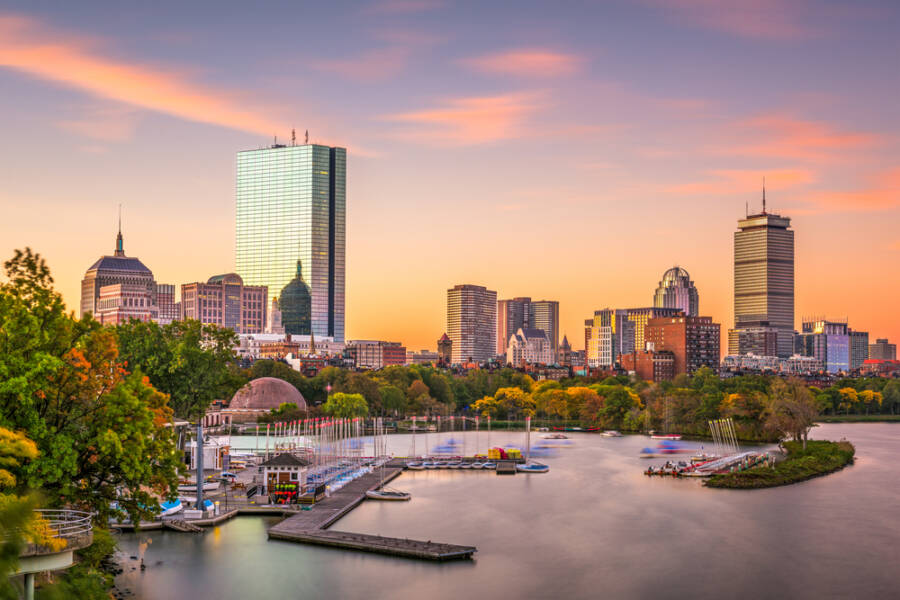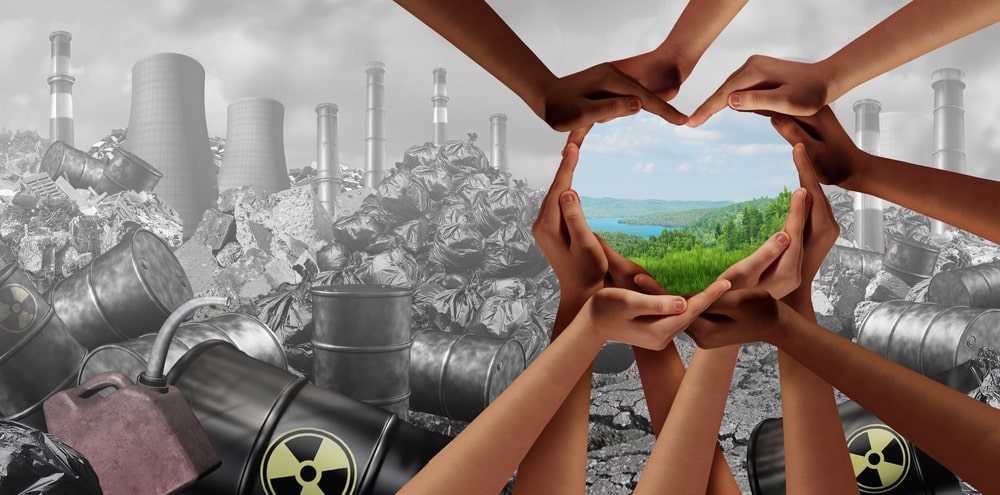Experts say that some coastal cities could sink by 2100!
While all cities will eventually experience the consequences of global warming, some will be more affected than others. Things are becoming more and more difficult, and researchers believe that low-lying coastal cities should prepare for more dangerous floods that destroy infrastructure and buildings and take lives as sea levels rise.
We see lots of tornadoes, hurricanes, snow, and fires, and some sources say this is only the beginning. Global warming is a big problem, and the planet is struggling. It is believed that by 2100, coastal cities worldwide will be more likely to experience flooding of more than six feet. If global emissions continue to be this high, the National Oceanic and Atmospheric Administration (NOAA) has projected that sea levels might increase by 10 to 12 feet.
However, these numbers are averages and predictions, which means that particular cities might see higher levels while other regions might experience less impact. In the worst-case scenario for the climate, some coastal cities might sink completely.
We wanted to know more about what researchers believe can happen, so we’ve talked to them, and here’s what we found out. So without further ado, here are the US coastal cities that are more likely to sink by 2100.

1. Miami, Florida
Among the coastal cities most at risk of sinking by 2100, experts often point to Miami. While tourists flock to this vibrant city for its pristine beaches and sunny weather, rising sea levels threaten to submerge roads and homes, posing a serious risk to locals.
According to a 2018 Union of Concerned Scientists assessment, 12,000 Miami Beach residences are more likely to experience severe flooding within the next 30 years. The cost of the potential damage will be huge, and experts predict that flooding could put over $6 billion worth of property at risk.
Besides that, a 2016 study published in the journal Nature Climate Change noted that Miami-Dade and Broward counties had a “super concentration” of citizens who were at risk. Based on that research, these counties might represent 1 in 4 people who will be impacted by sea level rise in the country between 2010 and 2100.
2. New Orleans, Louisiana
Did you know that the beautiful city of New Orleans in Louisiana hasn’t completely recovered from the catastrophic disaster of Hurricane Katrina in 2005?
The city is vulnerable to flooding and sea level rise due to its location on a river delta. According to sources, some places are 15 feet below sea level. Even though in the past wetlands have protected New Orleans from storm surges, human activity has slowly but surely degraded that barrier.
Unfortunately, New Orleans is already one of the coastal cities that are already sinking. According to NASA research from 2016, some areas of New Orleans are more likely to be underwater by 2100. What’s shocking is that some parts of the city sink at a rate of two inches per year, so things are no good.

3. Houston, Texas
Another city facing the risk of going underwater by 2100 is Houston, Texas. Similar to New Orleans, Houston is sinking at a rate of 2 inches per year. This sinking is primarily attributed to excessive groundwater pumping, which alters the volume and pressure beneath the city, leading to subsidence.
Experts say that if the situation isn’t quickly addressed, it can become similar to what Hurricane Harvey brought to people. During that time, over 130,000 homes were damaged, and approximately 30,000 citizens were displaced.
Houston isn’t a coastal city, so it’s not likely to be destroyed by sea levels. But the danger isn’t over yet, because a low evaluation and sinking terrain, combined with hurricanes and a spike in storms, could cause parts of the city to sink in the future.
Keep reading to discover other coastal cities that are more likely to be underwater by 2100!
4. New York City
Beautiful New York City is one of the coastal cities more likely to flood by 2100. After running different tests, researchers concluded that more than 7,200 residents and over 2,700 homes in Queens could experience massive flooding by 2045.
Besides global warming, one of the main reasons why NYC is in such a critical state is because it’s built on an island. Experts believe that sea levels could rise by 4–8 inches throughout the following 10 years. Even though it might not seem like much, it’s sufficient to create a few problems.
If this scenario turns out to be true, NYC could end up with $1.2 billion in property damage in less than 30 years. We don’t know about you, but we wouldn’t like Manhattan to be underwater anytime soon.
5. Charleston Central, South Carolina
One of the most popular tourist destinations in the country is Charleston Central, but few people are aware that it might be in danger of flooding. Over the last few years, this charming historic quarter has experienced several tropical storms that have flooded the streets and caused panic among locals and cruise ships.
Of course, we could argue that these storms are just an extra helping of rain, but if scientists perform their calculations correctly, a large portion of the picturesque city of Charleston could be underwater in the coming decades.
For example, experts believe that Charleston Central is one of the coastal cities that is more likely to sink by 2100. According to research, around half of the city could be underwater in the following decades. While it doesn’t sound optimistic, if you’re passionate about architecture and history, you should visit this gorgeous place while you can.

6. Boston, Massachusetts
While Boston is one of the coastal cities that might not be completely submerged by 2100, the gorgeous city as we know it might not be the same. However, things aren’t that good either, because experts believe that 1 out of 6 homes could be sinking by 2100. NOAA stated that the city will see more than one flood above 6 feet by 2050.
What do you think will happen to these gorgeous US cities? Do you think they’ll end up underwater? Can you think of some easy changes we can all implement to save our homes from disasters? Let us know in the comments!
7. Virginia Beach, Virginia
Did you know that Virginia Beach is one of the coastal cities that are already witnessing incredible rates of sea-level rise?
Beautiful Virginia Beach is at the meeting point of the Atlantic Ocean and the Chesapeake Bay. Sadly, as sea levels keep rising, both bodies of water pose a hazard to the city during a large storm.
ccording to NOAA’s most optimistic predictions, sea levels at Virginia Beach could rise by up to 12 feet by 2100. The potential consequences of such an event were glimpsed in 2018 when Hurricane Florence briefly transformed Virginia Beach into a waterlogged landscape. So let’s hope everything will be fine in the end.
Do you know of any other coastal cities that are more likely to sink by 2100? Let us know in the comments below! If you live in a place where it rains a lot, here’s a pretty umbrella! If you enjoyed reading this article and you’d like to check out something else from Science in the World, here’s a good post for you: 7 Surprising Things We’ve Recently Learned About the Brain














